Astronomy
The planetarium
- Home
- School and kindergarten
- 1.–2. step and 3.–4. steps
- The planetarium
Hear exciting stories under the starry sky from Greek and Sami mythology. We look for zodiac signs and learn to navigate the sky.
In this teaching program, students listen to stories about warriors, scorpions and celestial moose while we observe the starry sky together as it looks on a dark and clear night.
We start by talking about how the stars shine and why the stars look so small. We compare the sun and the moon and see if we can find a planet.
NB! Show up no later than 10 minutes before the lesson. Failure to attend without cancellation 7 days in advance will result in a NOK 500 fee.
Maximum 28 students
Duration 45 min
What happens in this teaching program?
Curriculum and competence targets | Competency targets for 1st–2nd stepsScience:
Norwegian:
Competency targets for 3rd–4th grade stepsScience:
Norwegian :
|
Description of the lesson | The class meets the tutor in reception and we go to the planetarium together. In the planetarium, we sit on the floor under a white fiberglass dome. There will be dimmed lighting in the room during the introduction before we turn off all the lights. After that, the light will be off until the end of the session. Because of the darkness, it is difficult to see the children raise their hands, so it is best if the students ask questions at the end of the lesson. The teacher can also ask the children questions along the way. |
Practical information | The teacher's role We want you as an adult to be active, participating and curious. Teachers are responsible for the group throughout the visit and may be asked to help along the way. Explainer is responsible for implementing the program. Before the visit Our teaching plans do not require preparatory work, but it is always useful to prepare students for a museum visit. Feel free to show pictures or video from the museum, tell us about what will happen, and see our digital resources that can be used for pre- and post-work. You do not need to bring anything special to the Planetarium, but it is great if you have lots of questions about stars and planets. If you have also seen the moon on a day when it is visible during the day, that is great! After the visit Reflect and discuss with the students after the lesson, preferably in groups. |
You meet one of us!
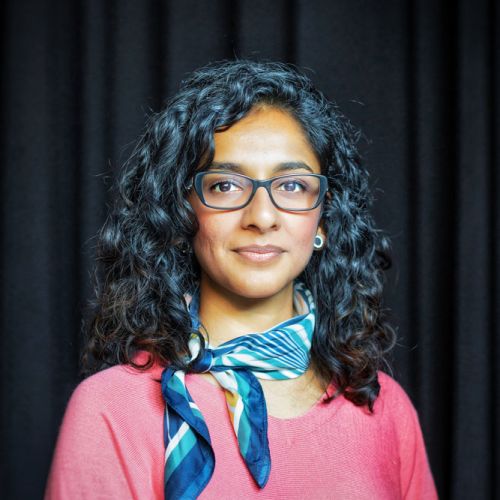
Shahzia
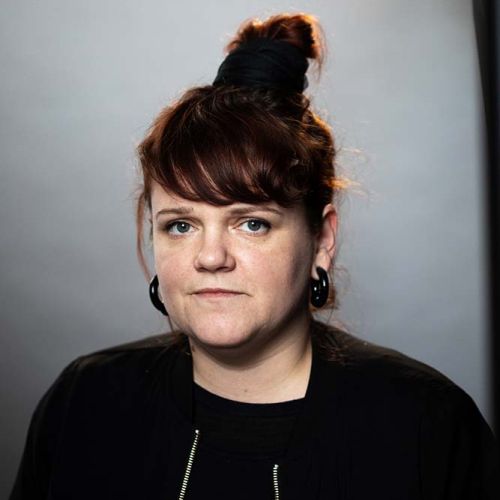
Hilda

Joachim

Caspar

Linnea
Common questions and answers
One of the teachers in the group approaches the reception. We will then register that you have arrived and you will be allocated a cloakroom space and possibly cabinet for locking up valuables.
Arrive at the museum no later than 10 minutes before the start of the program. Let us know if you will be delayed by phone. 22 79 60 00. If you arrive late, the learning offer may be shortened or cancelled.
Our teaching programs are free, but you have to pay for the entrance ticket to the museum. You can only book one arrangement per visit.
Separate prices apply to teachers, pupils and school classes.
Kindergartens and schools can pay by cash/card on arrival or receive an invoice. For invoices, you must include the requisition or resource number and invoice address.
Yes! Access to the museum's exhibitions is included in the ticket for school visits. You are most welcome to explore the exhibitions both before and after the lessons.
You can eat the packed lunch in different places; in the cafe, at the reception and outside the museum entrance. It is not allowed to eat or drink in the exhibitions.
At The Norwegian Museum of Science and Technology the same rules apply as at school/kindergarten. We will
- be role models for each other
- be kind to each other and the exhibits
- use consensus
- don't run.
ATTENTION: Everything behind barriers must not be touched.
Then we all have fun and contribute to a good learning experience. If you decide that your group can visit the museum shop, the teacher must be present as long as some of the children are there.
Resources
Below you will find various resources that can help prepare students for a museum visit.
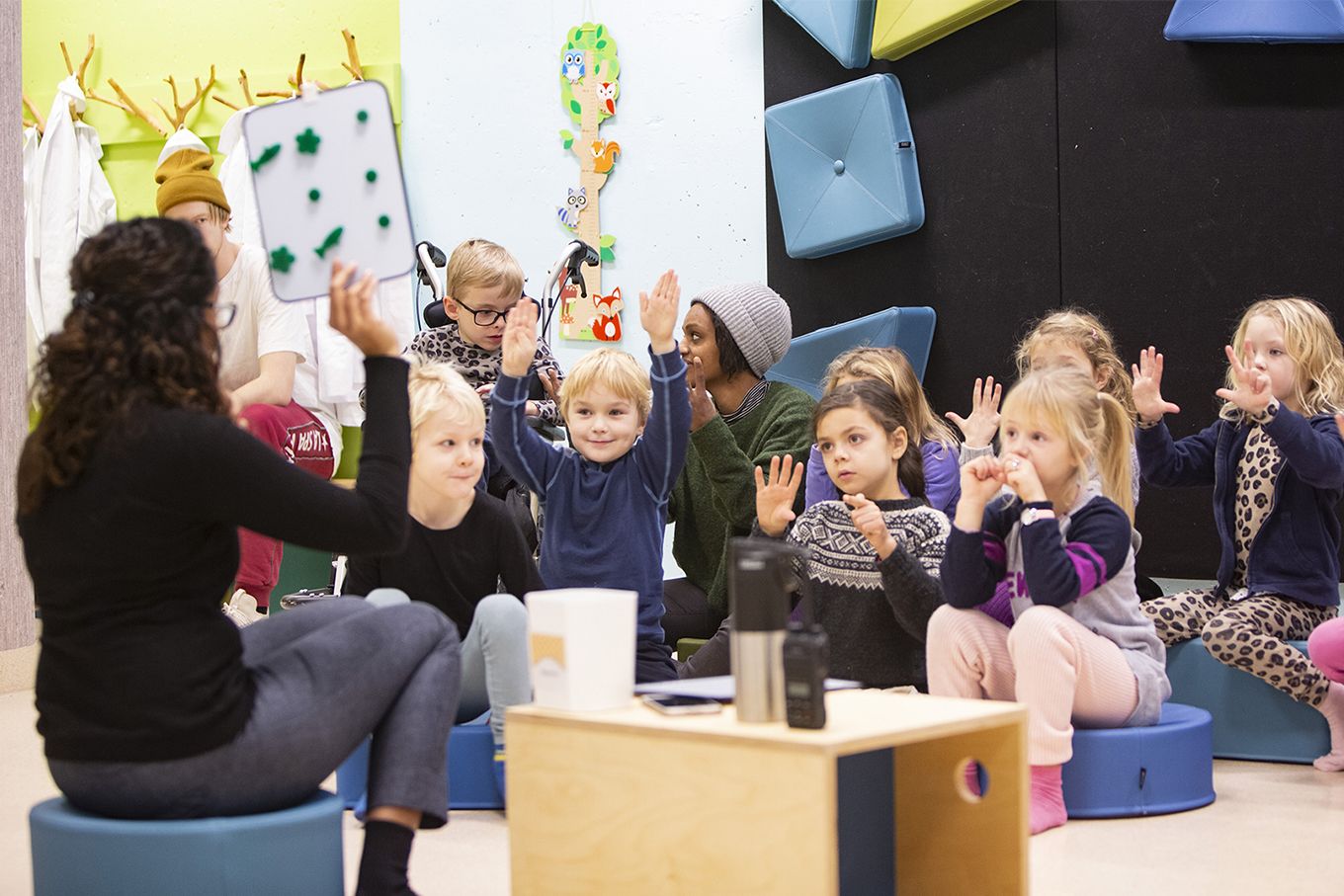
Wonder question
- Even in the middle of the day you can see the moon in the sky. If we take some time we can see that the moon moves from west to east.
- Is it just the moon that moves?
- What are the dark spots on the moon?
- Can we find a planet tonight?
- Show students how to find a planet using the stellarium
- How many planets do we have and what does it take for something to be called a planet?
- The starry sky is full of stars. Why do they look so small?
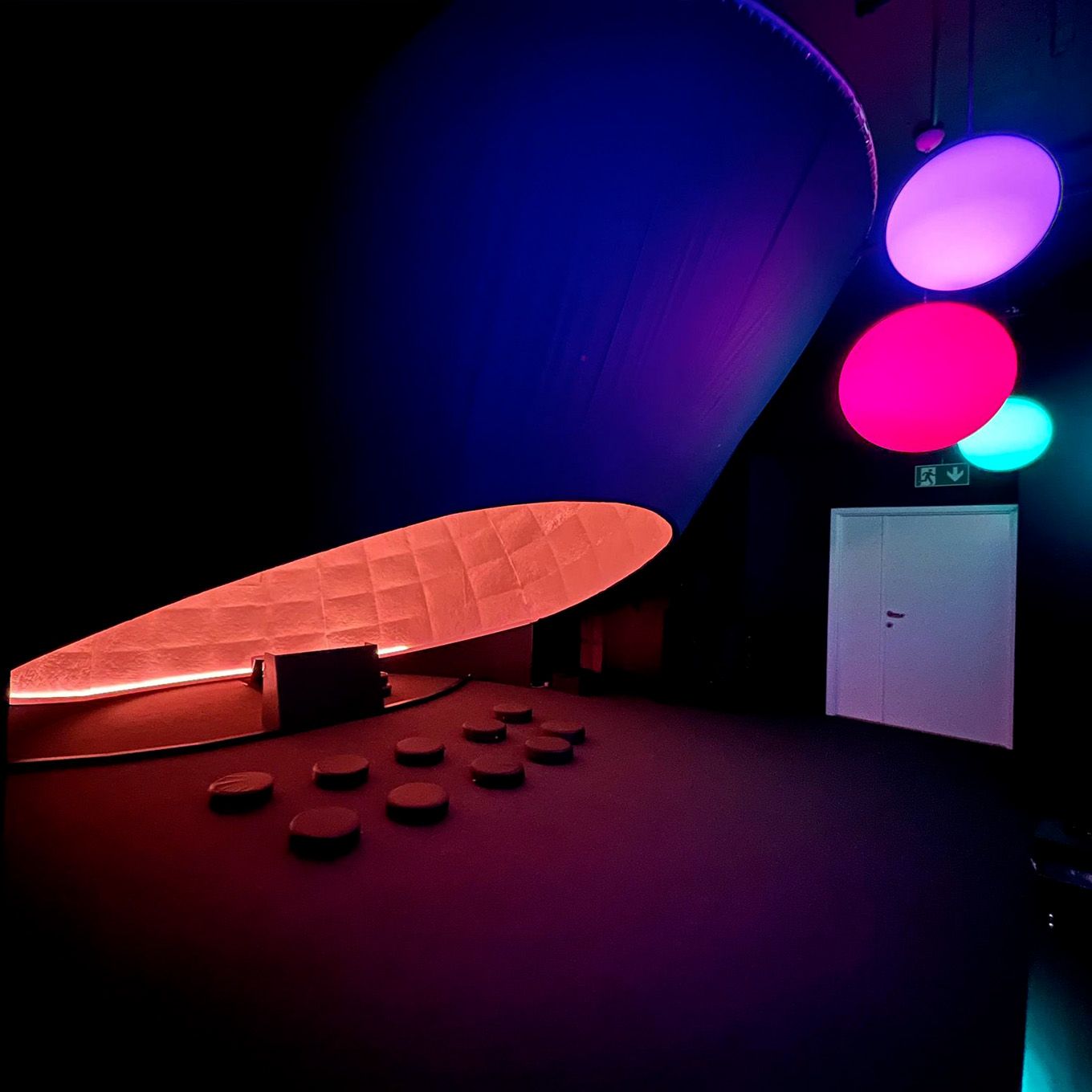
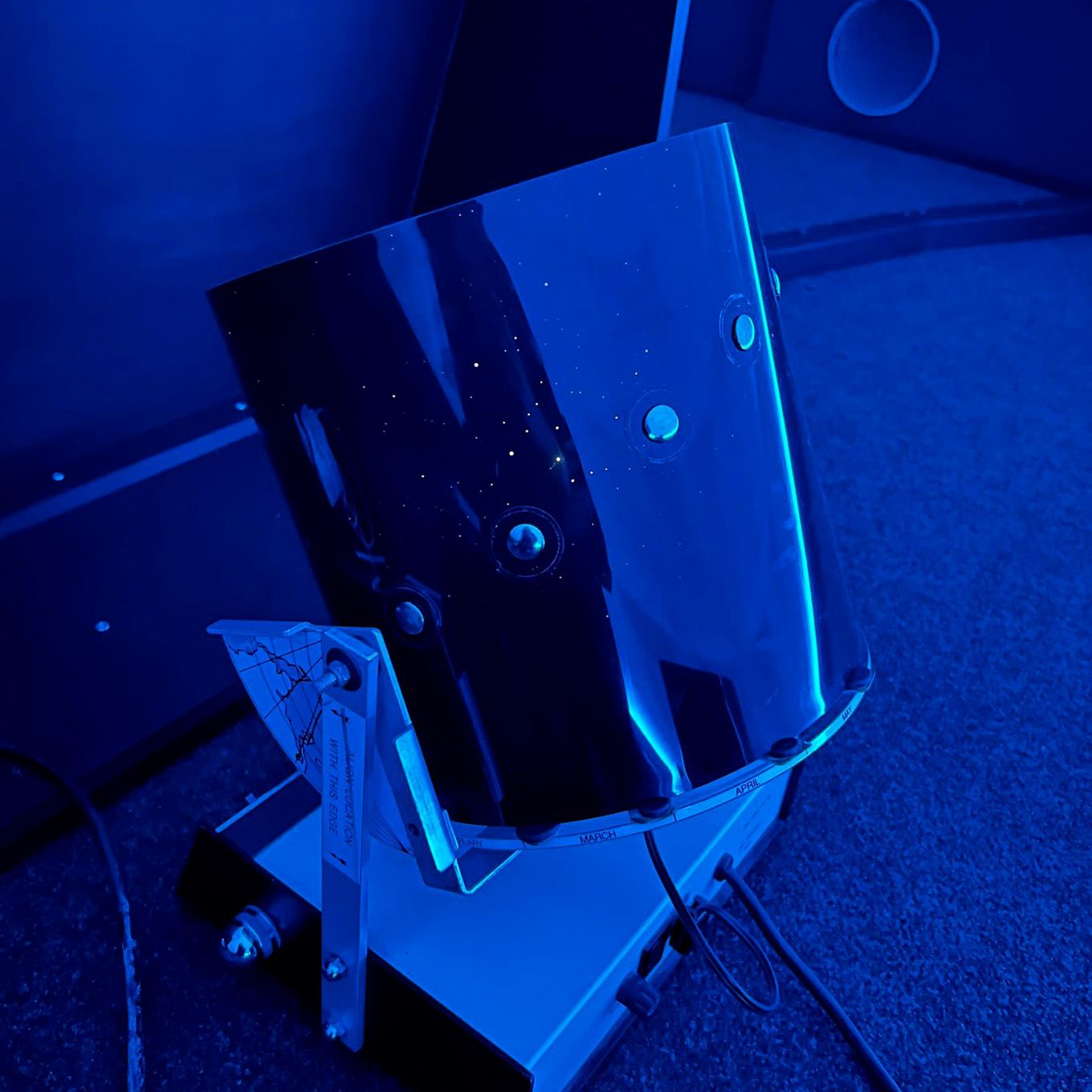
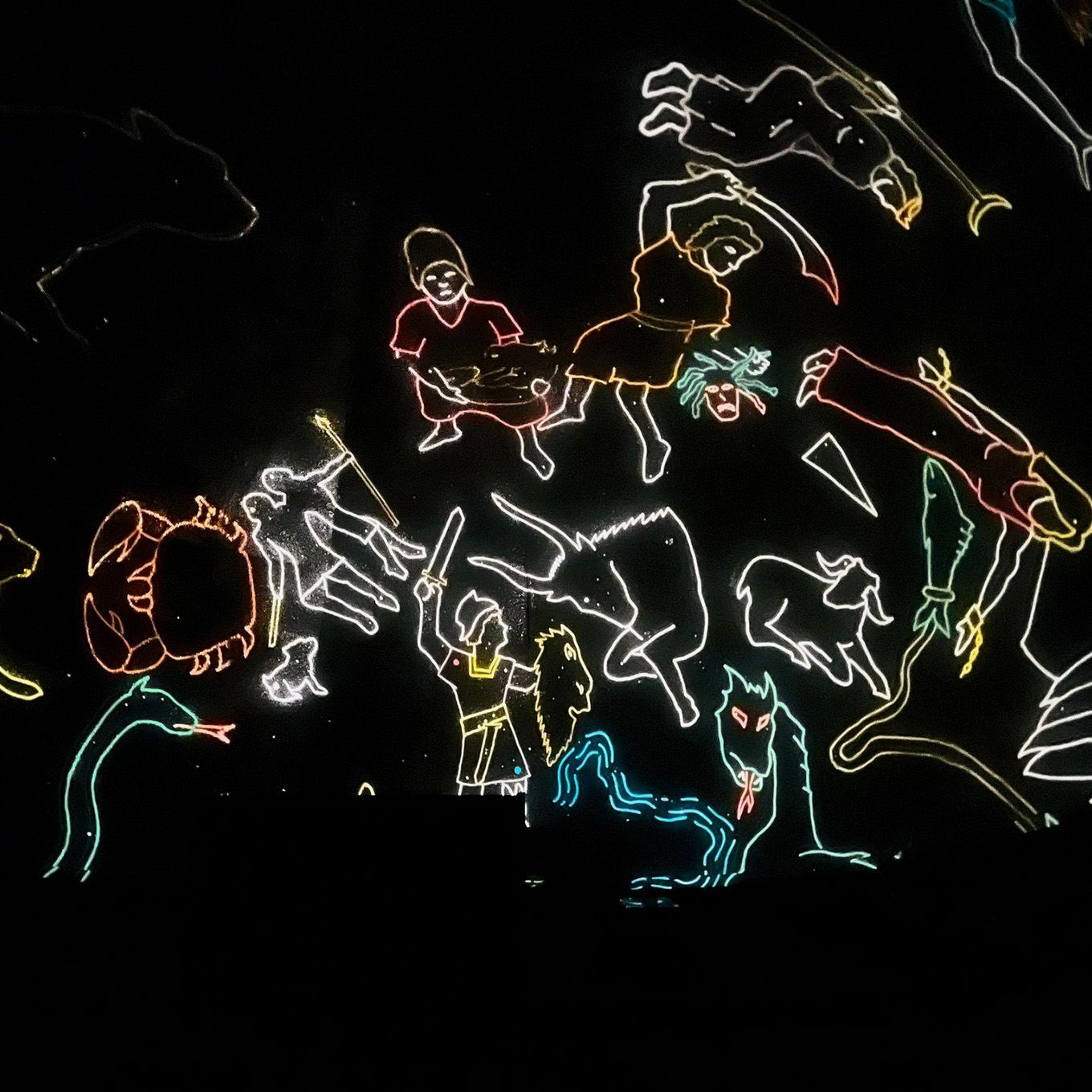
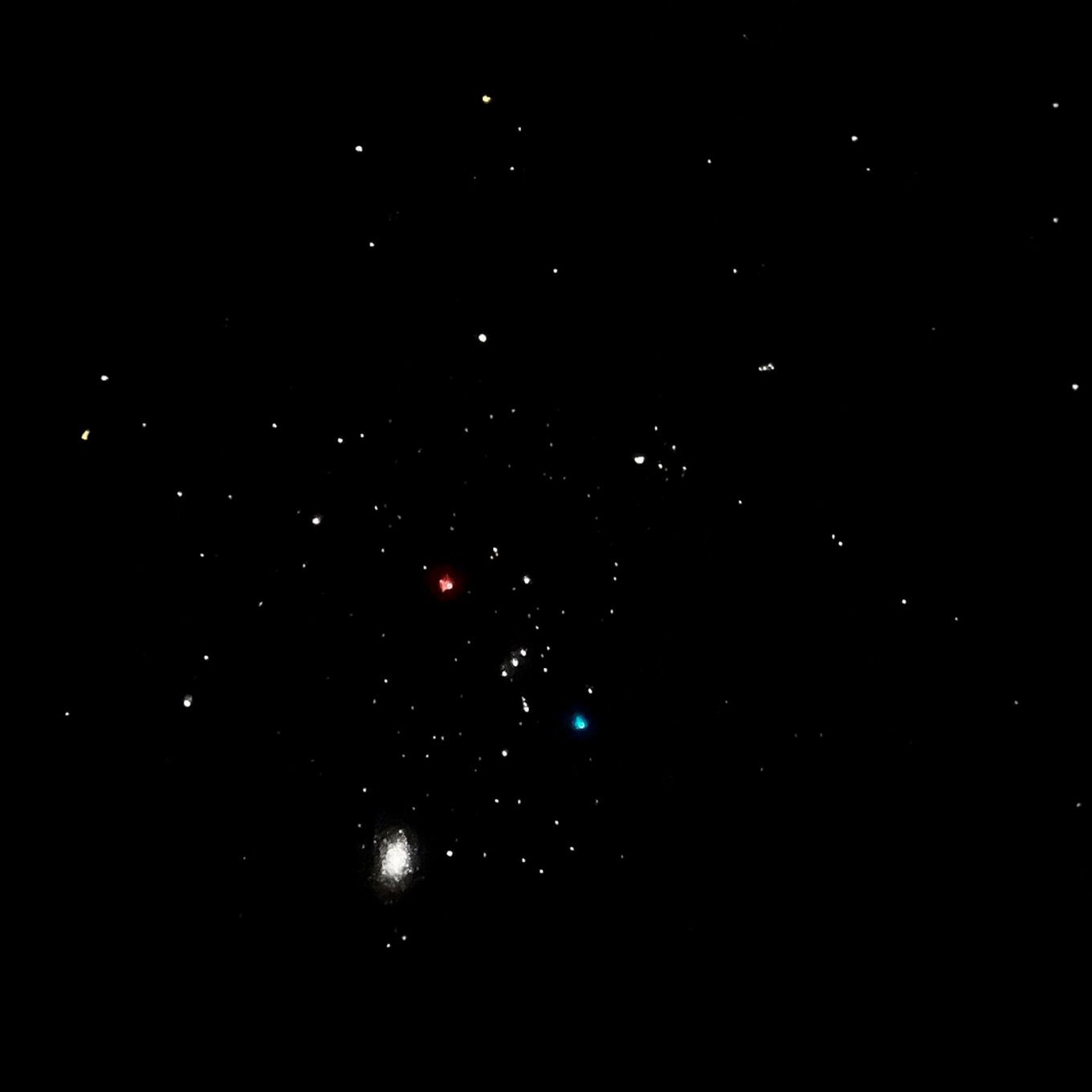


-feca758d.jpeg)

